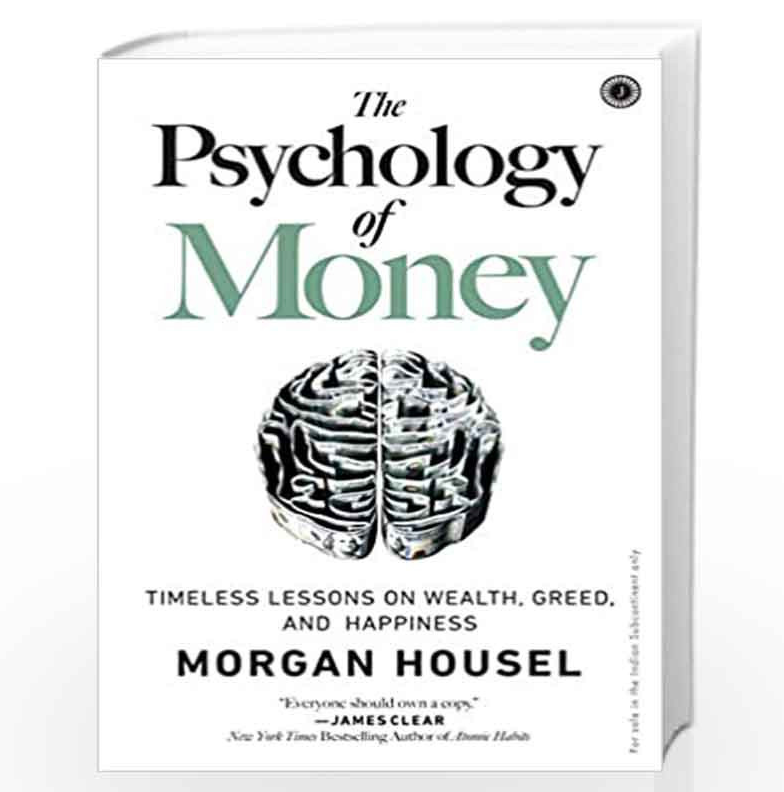In the world of finance, we often focus on numbers, strategies, and formulas to manage money. However, Morgan Housel’s book, “The Psychology of Money,” takes a different approach. Housel believes that understanding the psychology behind financial decisions is equally as important as financial literacy. In this review, we will delve into the key ideas presented in Housel’s work and explain why this book is essential reading for anyone looking to improve their financial mindset.
Overview
“The Psychology of Money” consists of 20 chapters, each of which focuses on a specific principle. Housel draws on his experience as a financial writer and uses relatable examples to illustrate his points. The book is divided into three sections: “The Psychology of Money,” “The Structure of Money,” and “The Economy Surrounding Money.”
Section 1: The Psychology of Money
In this section, Housel explores the psychological factors that influence how people make financial decisions. He explains how emotions such as greed and fear can lead to irrational decisions and why it’s essential to understand one’s own biases. Housel argues that every individual has a unique financial personality, which is shaped by their experiences, upbringing, and cultural background.
One of the core principles in this section is the idea that “luck plays a significant role in wealth creation.” Housel explains that while talent and hard work are important, luck also plays a significant role in financial success. This principle is backed up by research studies that show how individuals’ life outcomes can be influenced by elements outside of their control.
Section 2: The Structure of Money
In this section, Housel examines the mechanics and structures of the financial system. He acknowledges that the financial world is complex and that many individuals find it challenging to navigate. He explains key concepts such as interest rates, compound interest, and inflation, using easy-to-understand language.
One of the key ideas in this section is that “financial history is relevant.” Housel demonstrates how studying financial history can provide valuable insights into how financial markets work and how to make good financial decisions. He explains how people often repeat the same mistakes due to a lack of historical knowledge and how understanding history can help individuals avoid making the same mistakes.
Section 3: The Economy Surrounding Money
In this final section, Housel focuses on the broader economy and how it impacts people’s financial lives. He discusses how economic incentives and disincentives affect financial behavior and why it’s crucial to keep an eye on trends and patterns in the global economy.
One of the key principles in this section is that “the best financial plan is the one you can stick with.” Housel explains that creating a financial plan is one thing, but sticking to it is another. He advises readers to create a plan that they can realistically follow and to make adjustments as needed.
Why the Book Is Important
Housel’s book is both informative and thought-provoking. He provides a different perspective on the traditional approach to financial literacy, and his work is accessible to people from all educational backgrounds. “The Psychology of Money” is an excellent resource for anyone who wants to improve their financial mindset and make better financial decisions.
The book also provides valuable insights for financial advisors who work with clients. Housel’s work highlights the importance of understanding clients’ unique financial personalities and incorporating behavioral finance principles into financial planning.
In conclusion, “The Psychology of Money” is a must-read for anyone interested in improving their financial literacy and mindset. Morgan Housel has created a work that is accessible, informative, and thought-provoking. His work provides a unique perspective on the role that psychology plays in financial decision-making, and it is an excellent resource for both professionals and individuals.



















